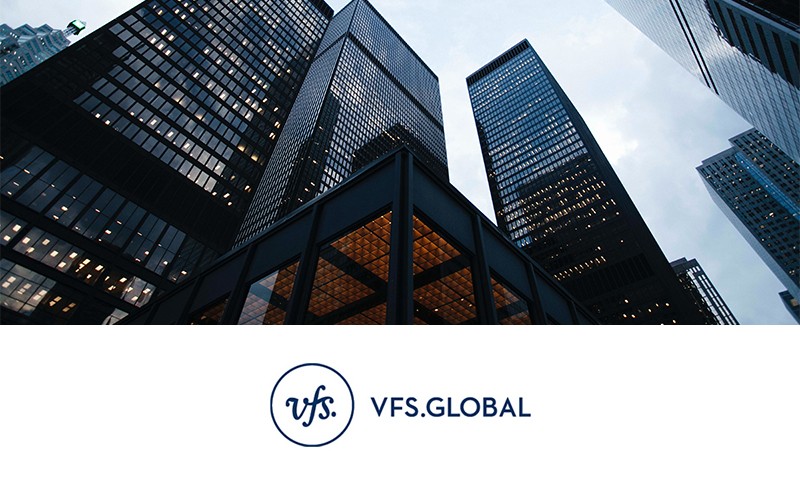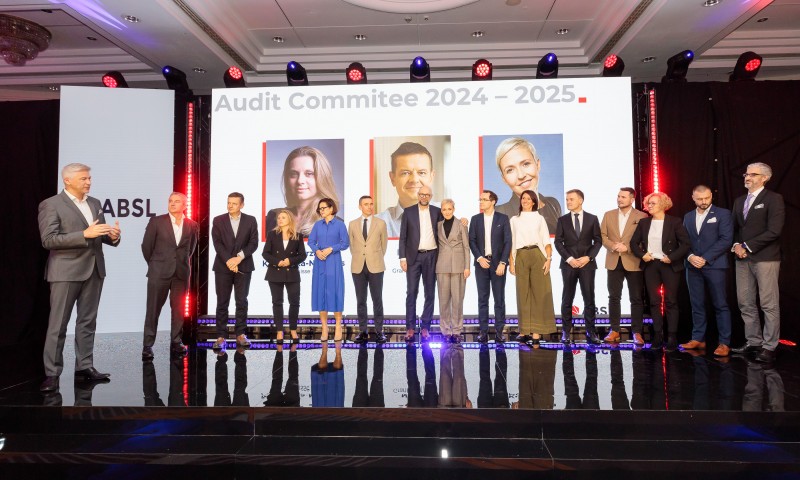Top trends and events on the office market in the passing year. What to expect in 2022?
The main trend in the Polish office market this year has been the change in the working model. The pandemic has left its mark by changing the direction of office space development. As a result, for several months now we have been observing changes in the size of offices, and above all, their function to a more social one – the office has become a place for teamwork, creative cooperation and meetings with colleagues.
Contrary to assumptions from the beginning of the pandemic, the demand for office space has not decreased. In 2021, the market was very active – mostly thanks to new investments by companies already present in Poland, as well as new investors in the GBS sector. Companies have also grown to appreciate flex space. Short-term leases, the ability to rent single desks with the option of expanding as the company grows, as well as greater flexibility for employees when it comes to choosing where they work – these are undoubtedly the advantages of this type of space.
In 2022, we will observe similar tenant activity in the office market. Some companies will continue to implement new working models and actively encourage employees to return to the office. ESG and sustainability issues will become one of the stronger trends in the real estate market, especially in the office market. This can already be seen in the rapid increase in the supply of certified buildings and more frequent modernisations of existing office buildings.
The following months may see a slowdown in the development of investments. High inflation, higher labour costs, rapidly rising prices of construction materials and unavailability of certain materials may result in a decrease in the supply of new office projects.
I invite you to read a summary of the most important events of the passing year and forecasts for the next year prepared by Colliers experts.

Sebastian Bedekier
Partner | Regional Director | Poznań
Regional Markets | Colliers
Colliers summarizes the highlights of 2021 on the office market and shares forecasts for the next 12 months.
The second year of the COVID-19 pandemic has brought a continuation of the evolution of the office market. Although some companies are still developing work model strategies, tenant activity is evident in the market. Colliers experts have prepared a list of the most important events in the passing year, as well as forecasts for 2022.
2021 office market highlights
-
12 million square metres of office space
In 2021, the total supply in Poland’s 9 major office markets will exceed 12 mln m2. The share of office space located in the main regional markets (Kraków, Wrocław, Tri-city, Łódź, Poznań, Silesian Metropolis, Lublin and Szczecin) already almost equals the total modern office supply in Warsaw.
-
Redefining the work model and office functions
Due to the proliferation of remote work and subsequent waves of the pandemic, the office function is undergoing an evolution. The office space is now primarily becoming a place to meet with co-workers and work creatively as a team. The last two years, which have forced a large number of companies to move to remote or hybrid work, allow us to draw conclusions about the effectiveness of working from home, its pros and cons for the employee and the company, and translate them into newly developed strategies for returning to the office – usually in a hybrid model.
-
Flex space as safety cushion for businesses
Although the pandemic had initially halted the expansion of flexible operators, the loosening of restrictions meant that activity in this market would return. According to Colliers’ latest report Flexpansion 2021, flexible space in Warsaw currently accounts for 3.3% of the total supply of office stock, which is the fifth result in the EMEA region. In 2022, further openings are planned in Warsaw and regional cities. More and more organizations are looking at incorporating flex space as an important tool to optimize risk and diversify their real estate portfolio. This trend is being noticed by office property owners who are beginning to include flex spaces in the list of essential amenities in their buildings.
-
Investment activity at a stable level
The CEE region continues to feel the impact of the COVID-19 situation on transaction market activity, which is reflected in lower than historical transaction volumes. However, Poland maintains its position as the most attractive market in the region, thanks to high liquidity as well as a wide range of high quality investment products. Colliers experts estimate that more than half of the capital invested in 2021 in the CEE region went to Poland. In Warsaw and regional cities, office yields have remained stable since a minor correction in 2020.
-
Mixed-use trend
In the commercial real estate market, more and more mixed-use projects are appearing, in which the office function, often dominating, is supplemented with residential, commercial, service, entertainment or hotel elements. These types of investments are popular with tenants, also meeting the changing needs of employees who, after nearly 2 years of the pandemic, have begun to appreciate the benefits of a “local lifestyle”.
2022 forecasts for the office market
-
Offices still needed
Despite the popularity of remote working, there will not be a sudden revolution in the demand for office space. The latest study by Statistics Poland titled “Demand for Work” shows that only 5% of Poles were working remotely in September 2021. In Warsaw, the percentage was the highest at 14%.
A significant percentage of renegotiations (approx. 40%-55%) also testifies to the stable situation in the office space lease market. Tenants are choosing to extend their leases and redesign their spaces, setting aside space for new functions. In the pandemic reality, there is a growing demand for services related to adaptation of the work environment (workplace strategy), allowing for identifying the needs of employees in the new normal. At the same time, the relationship between market participants is changing – in most locations we are dealing with a tenant’s market, which translates into growing incentive packages. The strong position of tenants makes it possible to shorten leases; on the other hand, however, rising fit-out costs translate into pressure to extend leases in order to receive turnkey offices.
-
The growing role of ESG
ESG and sustainability issues are becoming one of the major new trends in the real estate market, especially office. This is evidenced, among other things, by the rapid increase in the supply of certified “green buildings” and the increasing number of modernizations of existing office buildings. Environmental profit in projects in the era of climate change is becoming no less important than financial profit, and ESG assumptions are an increasingly important rationale for business decisions. We can expect that in the coming quarters, there will be more emphasis among real estate market participants on creating and implementing individual ESG and sustainability strategies.
-
Increased investment dynamics in the office sector
The pace of investment and capital inflows should increase in the coming months of 2022. A number of large investment transactions for office assets – projects delivered in recent quarters – are now in advanced stages and are expected to close in the coming year. Prices of top-end office assets are expected to rise in Warsaw, while regional cities will experience upward pressure on prices for the best products.
-
Developing the idea of a 15-minute city
Office markets and organizations’ real estate leasing strategies will undergo an evolution to match the changing needs of office users. Subscriptions for access to a network of coworking spaces with branches in various parts of the city or decentralized offices with satellite branches (hub and club model) will gain importance. So-called “15-minute cities” will also become the norm, offering all needs in one area – work, shopping, study and entertainment. The pandemic is accelerating the implementation of this concept.
-
Rising costs and slowing development activity
High inflation reflects rising costs also associated with the office market such as prices of building materials, land, utilities and wages. Analysts’ estimates indicate that since the beginning of the pandemic, the cost of erecting an office building has increased by as much as 30 percent. Downtime in the supply of construction materials from Asia and rising commodity prices, as well as continued uncertainty about tenant activity due to successive waves of pandemic, are curbing the development plans of even the largest companies. The result will be a supply gap in Warsaw and some regional markets in 2023-2024.









